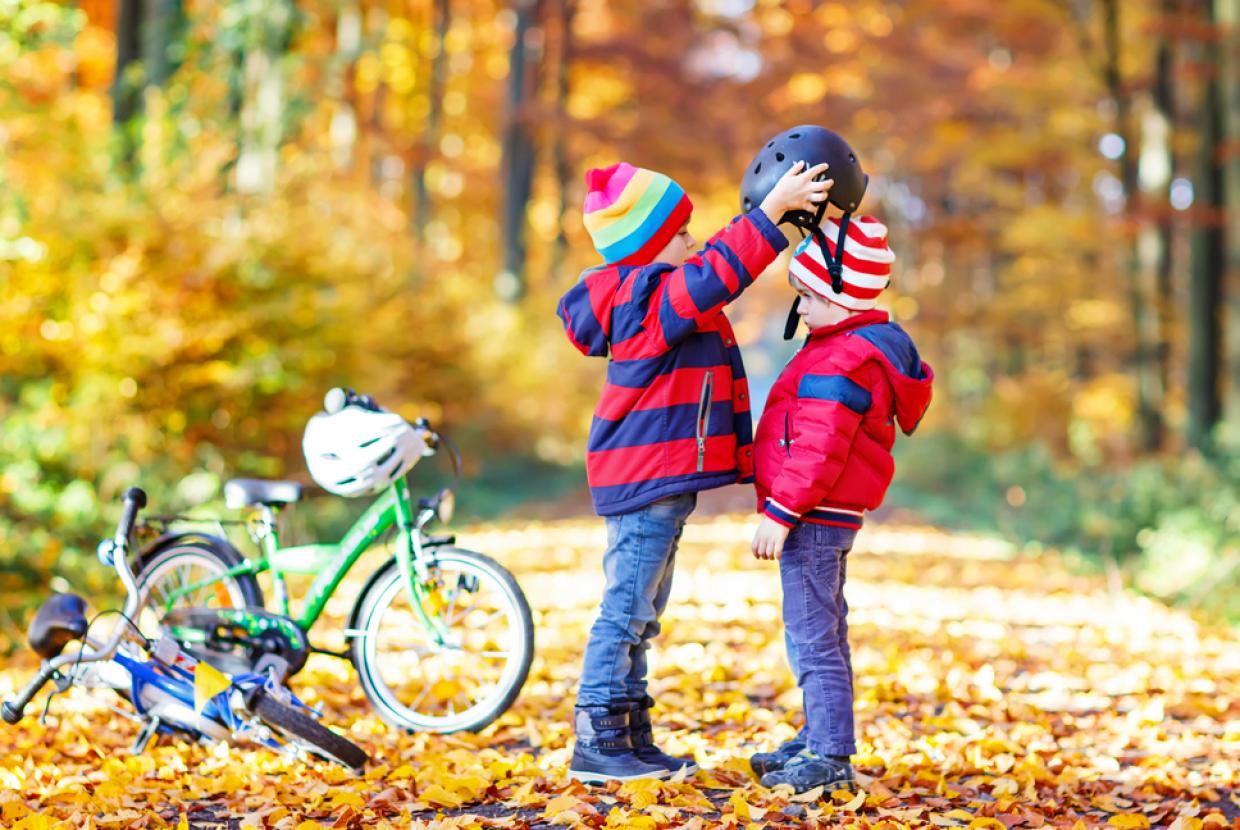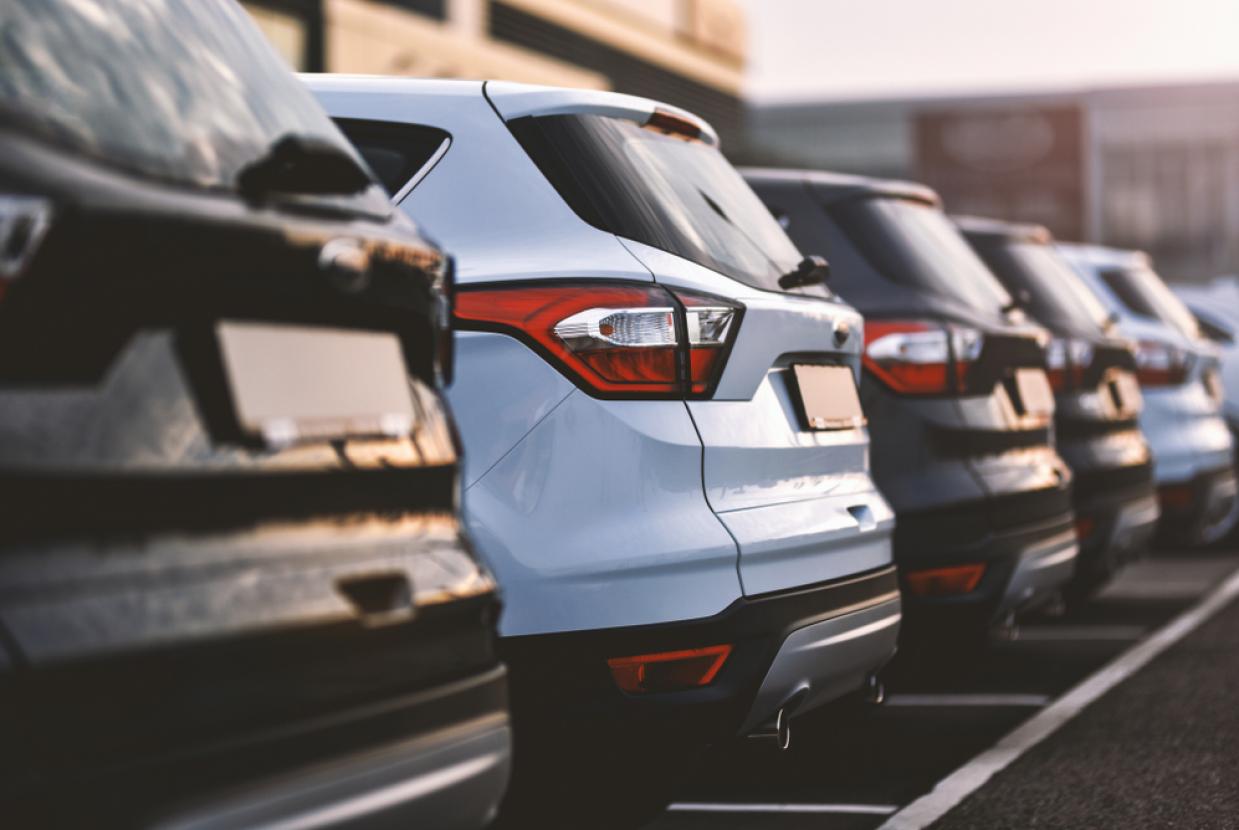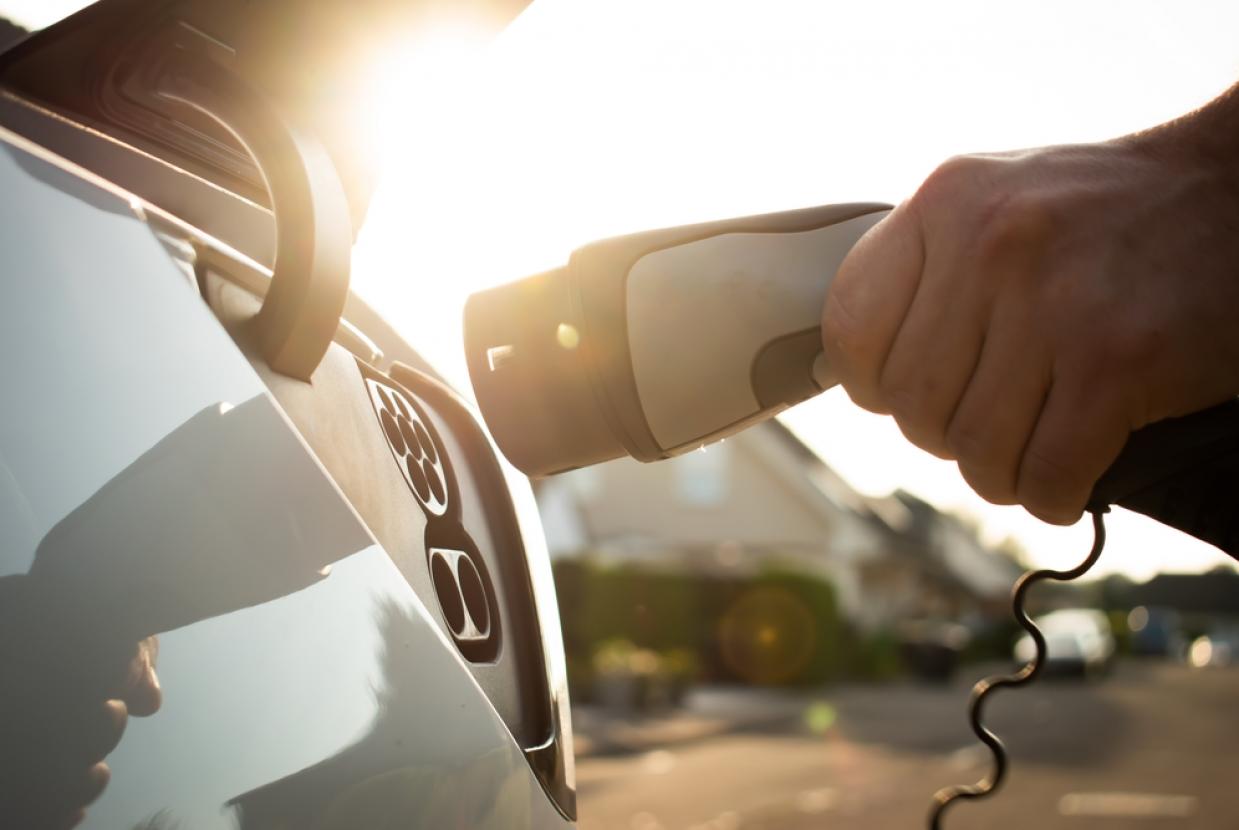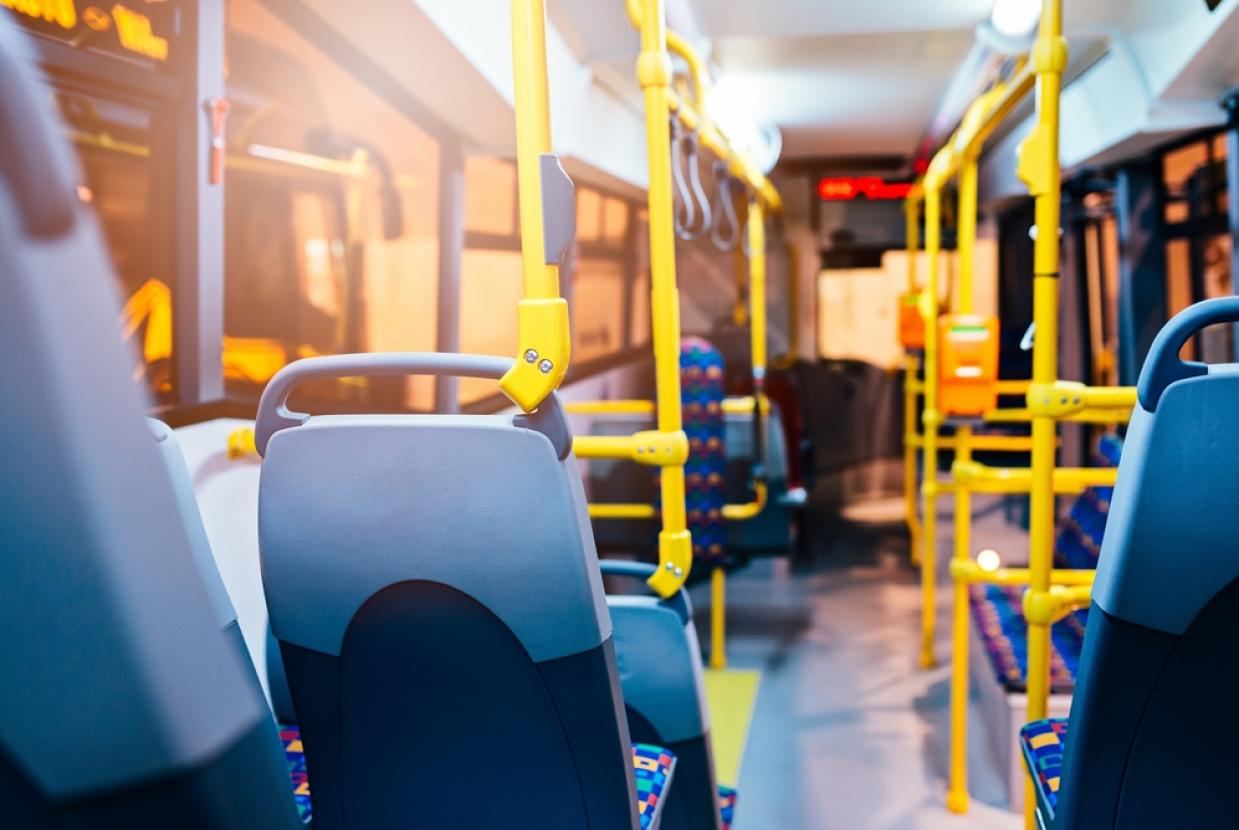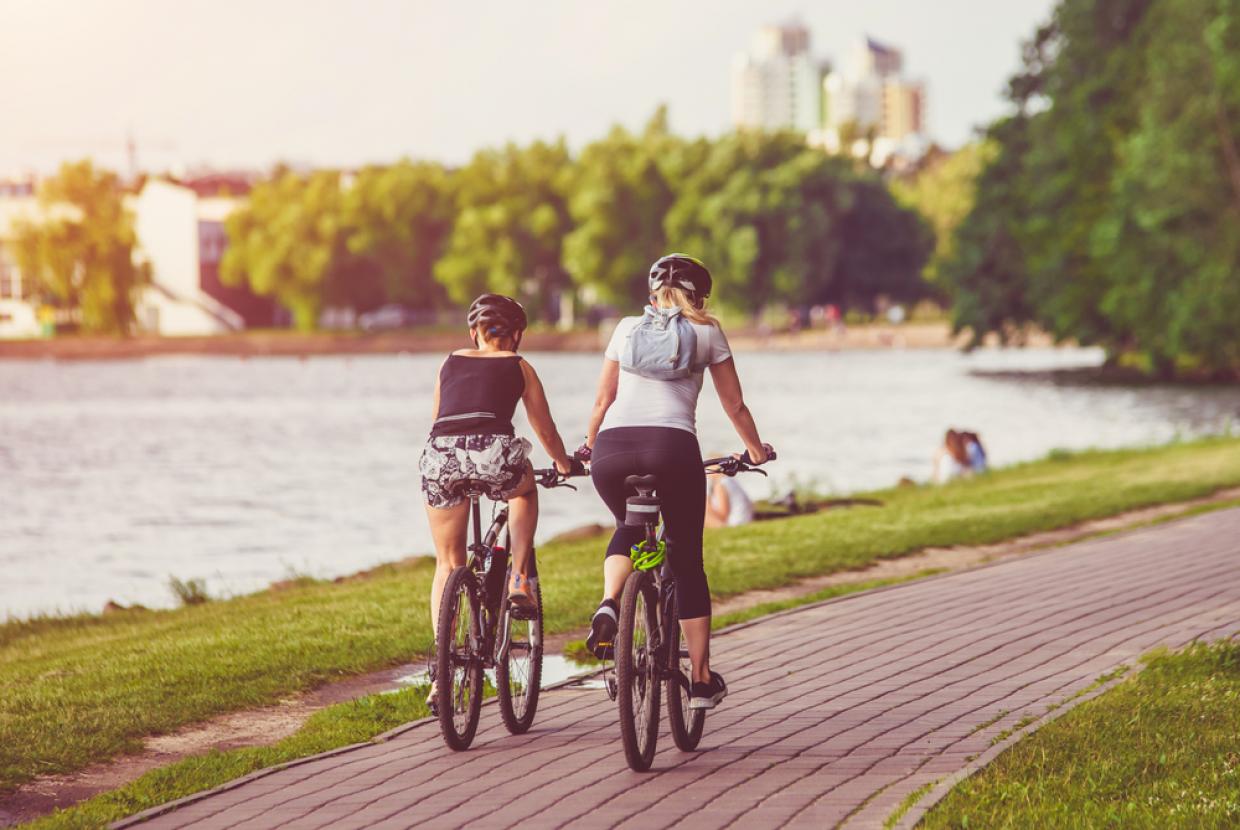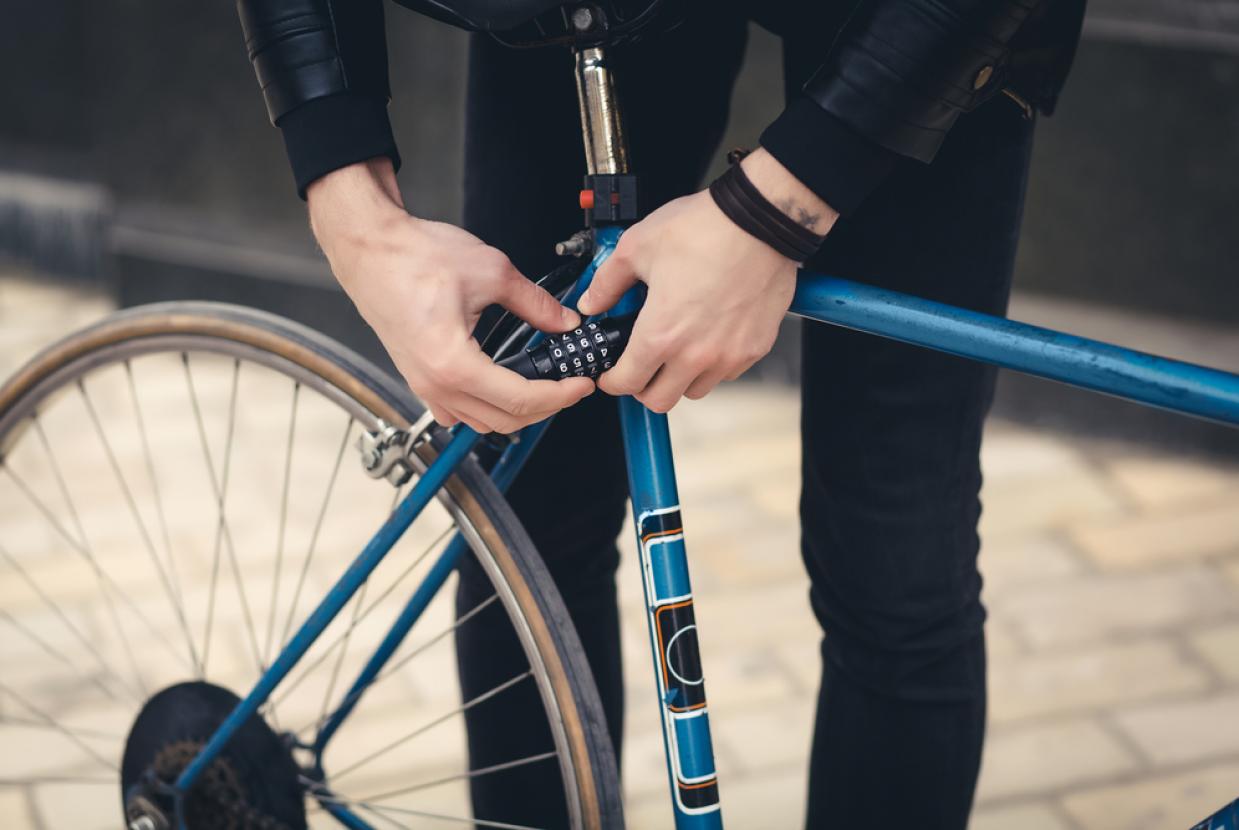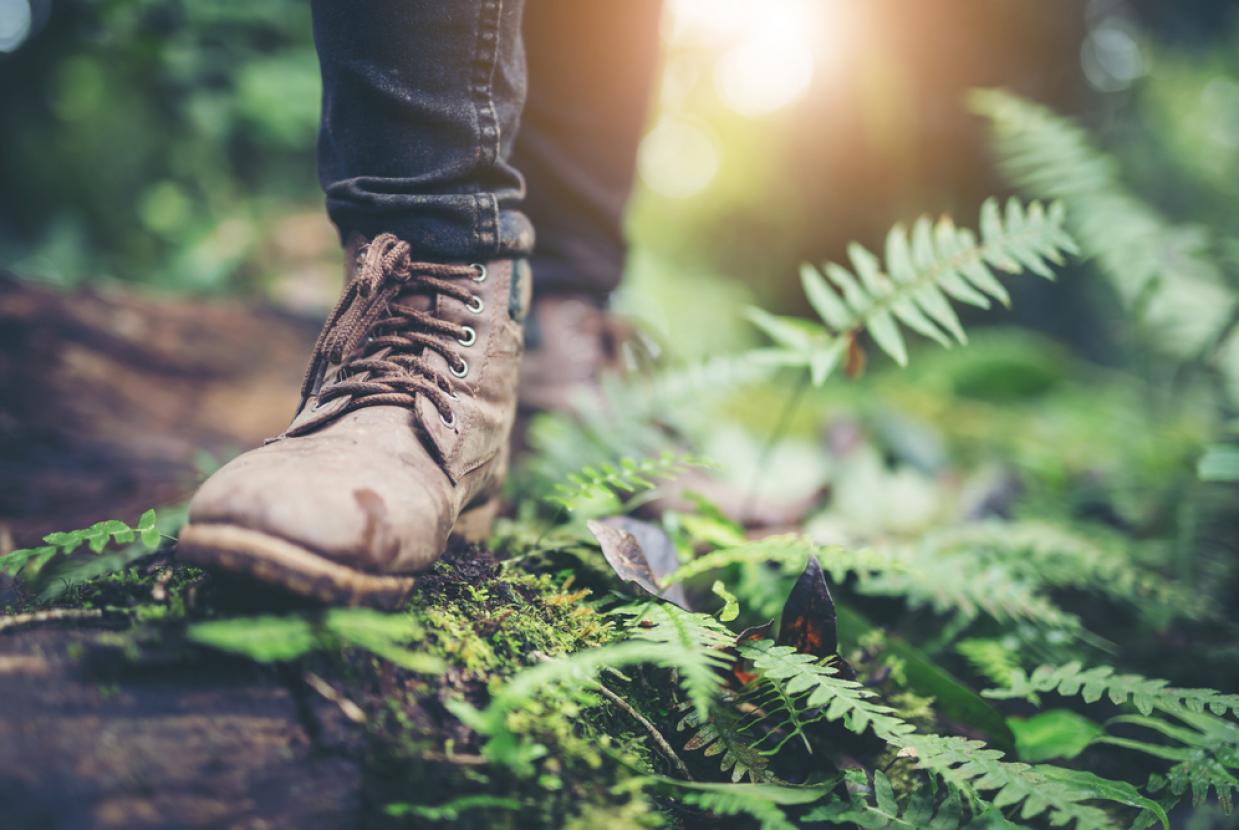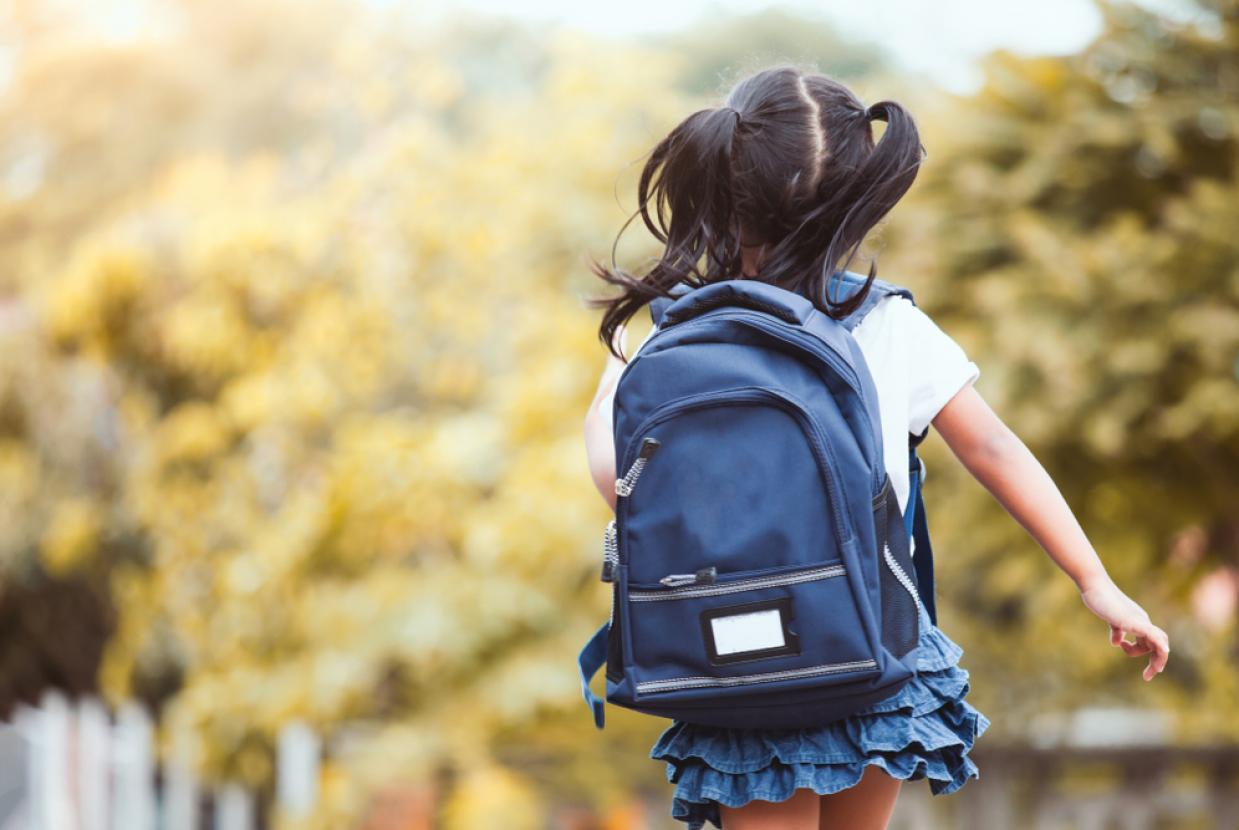Cycle Safety For Children
Cycling is a fun and healthy way for your child to get around, but there are dangers to be aware of. By setting a good example and making sure your child is trained and has the right clothing and equipment, you can help keep them safe.
Setting a good example
The best way to help your child learn about road safety is to always set a good example yourself. When you’re cycling with your child you should:
- wear a cycle helmet
- obey traffic signs, be considerate of other road users and not let yourself be distracted by using a mobile phone or listening to music
- encourage them to notice and discuss what they see around them on the road
- make sure they know that when they’re on the road they need to concentrate and watch out for other road users all the time
- encourage them to take their own decisions - they shouldn’t blindly follow what others are doing without making their own checks first
- practice judging speed and distance with them
- help them work out the safest routes for the journeys they make
- Cycling safety
- Highway Code 59-82: Rules for cyclists
Cycle training for your child
You can help your child enjoy cycling safely by educating them about road safety issues and encourage them to take part in training whilst at primary school through the Cycling Proficiency Scheme.
Cycling Proficiency Scheme (CPS)
Early road safety education is crucial in keeping children safe on the roads. It helps develop their skills, increase their confidence as cyclists and identify risks they may come across on the roads.
The scheme is best suited to children in primary years six and seven. Primary year five pupils can also take part, however those who do not reach their ninth birthday by the end of the scheme will be awarded a certificate of training rather than a certificate of competence.
Getting to school safely
If your child cycles to school, information is available how they can be kept safe and also the benefits of cycling to school.
Wearing the right clothing
Other road users must be able to see cyclists. There are items of clothing and equipment your child can use to help them keep safe:
- get your child to wear fluorescent or light coloured clothing if they are riding during the day or in poor light
- after dark, children should wear reflective clothing, as fluorescent or light coloured clothing will not be visible
Protective helmets
On average half of the road injuries received by cyclists are to the face and the head. Make sure your child always wears a correctly-fitted helmet to protect against head injuries should they fall. It should be worn correctly, which means it:
- is positioned squarely on their head, sitting just above the eyebrows and not tilted back or tipped forwards
- must be a snug fit
- should not stop them seeing clearly or cover their ears
- has its straps securely fastened and not twisted, with only enough room for two fingers between their chin and the strap
Getting your child's bike ready
Make sure your child's bike is the right size and well-maintained:
- it's an offence to ride at night without a front white light, back red light and back red reflector
- remind your child that if they have a dynamo on their bike the lights will go out when they stop
- mark the bicycle frame with your postcode
- remind your child to always use a cycle lock, and to use a cycle rack to park their bike
The rules of the road
When your child is out and about, you should encourage them to follow the basic rules of the road:
- look behind before they turn, overtake or stop
- use arm signals before they turn
- obey traffic lights and road signs
- do not ride on the pavement unless there is a sign saying they can
- do not cycle next to another person on a narrow road
- watch out for car doors opening suddenly when passing parked cars
- The Highway Code
Cycling advice for teenagers
The advice above applies just as much, or even more to teenagers, as they are more likely to be cycling on main roads.
They are also the age group most unlikely to wear helmets and more likely to be using mobile phones or listening to music through headphones. Remind them to always pay attention and not get distracted, and to not show off to those around them. Getting trained and looking after their bike is vital if they are to be safer on the road.


